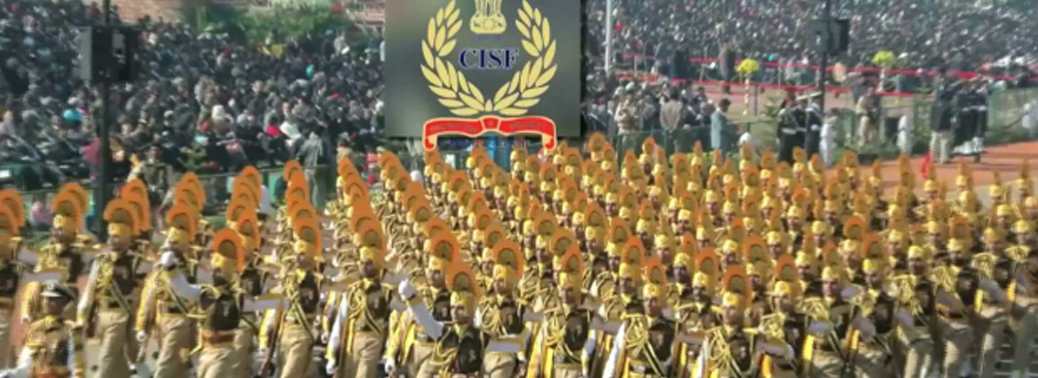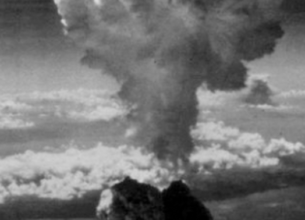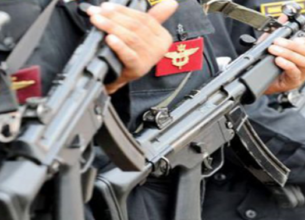CENTRAL INDUSTRIAL SECURITY FORCE (CISF)
09, Jan 2020

Prelims level : Defence Infrastructure
Mains level : GS-III Various Security Forces and agencies and their Mandate.
Why in News?
- Recently, the Supreme Court asked the centre to examine creating a dedicated separate wing of Central Industrial Security Force (CISF).
Why SC need CISF?
- To provide security to court complex and judges to check unruly incidents of violence.
- If there been deployment of CISF, the Delhi incident would not have taken place. Lawyers and police personnel had clashed at the Tis Hazari Court complexhere in November last year in which a few advocate sustained bullet injuries and several security personnel were also injured.
- The bench then issued notice to Bar Council of India (BCI) seeking its reply in two weeks.
Central Industrial Security Force (CISF):
- The CISF provides security cover to 300 industrial units, government infrastructure projects and facilities and establishments located all over India.
- Industrial sectors like atomic power plants, space installations, mints, oil fields and refineries, major ports, heavy engineering, Steel Plants, Barrages, FertiliserUnits, Airports and hydroelectric/thermal Power Plants owned and controlled by Central Public Sector Undertakings (PSUs), and currency note presses producing Indian currency are protected by CISF.
- It thereby covers installations all over India straddling a variety of terrain and climatic conditions. CISF also provides consultancy services to private industries as well as other organisations within the Indian Government.
Other Armed Forces under CAPF:
- The Central Armed Police Forces (CAPF) refers to uniform nomenclature of security forces in India under the authority of Ministry of Home Affairs.
- They are the, Border Security Force (BSF), Central Reserve Police Force (CRPF), Central Industrial Security Force (CISF), Indo-Tibetan Border Police (ITBP), Assam Rifles (AR), National Security Guard (NSG) and Sashastra Seema Bal (SSB).
- At present, the Assam Rifles, a Central paramilitary force, is under the administrative control of the MHA and under the operational control of the Army, i.e. the Ministry of Defence.
- BSF: The primary role of the Border Security Force (BSF) is to guard the border of the India with Pakistan and Bangladesh; it is deployed both on the International Border (IB) between India and Pakistan and the Line of Control (LOC). The BSF also has active roles during times of war.
- CRPF: The Central Reserve Police Force (CRPF) is India’s largest Central Armed Police Force and also considered to be World’s largest Paramilitary Force. It functions under the authority of the Ministry of Home Affairs (MHA) of the Government of India. The CRPF’s primary role lies in assisting the State/Union Territories in police operations to maintain law and order and Counter Insurgency.
- ITBP: The Indo-Tibetan Border Police is deployed for guarding duties on the border with China from Karakoram Pass in Ladakh to Diphu La in Arunachal Pradesh covering a total distance of 3488 km.
- Assam Rifles: The Assam Rifles is the oldest paramilitary force of India. The unit can trace its lineage back to a paramilitary police force that was formed under the British in 1835 called Cachar Levy. Since 2002 it has been guarding the Indo–Myanmar barrier as per the government policy “one border one force”.
- NSG: The National Security Guard (NSG) is a counter terrorism unit under the Indian Ministry of Home Affairs (MHA). It was raised in 15th October1984, following Operation Blue Star, Akshardham Temple attack and the assassination of Indira Gandhi, “for combating terrorist activities with a view to protect states against Internal Disturbances”.
- SSB: The objective of the Sashastra Seema Bal (English: Armed Border Force) is to guard the Indo-Nepal and Indo-Bhutan Borders.










